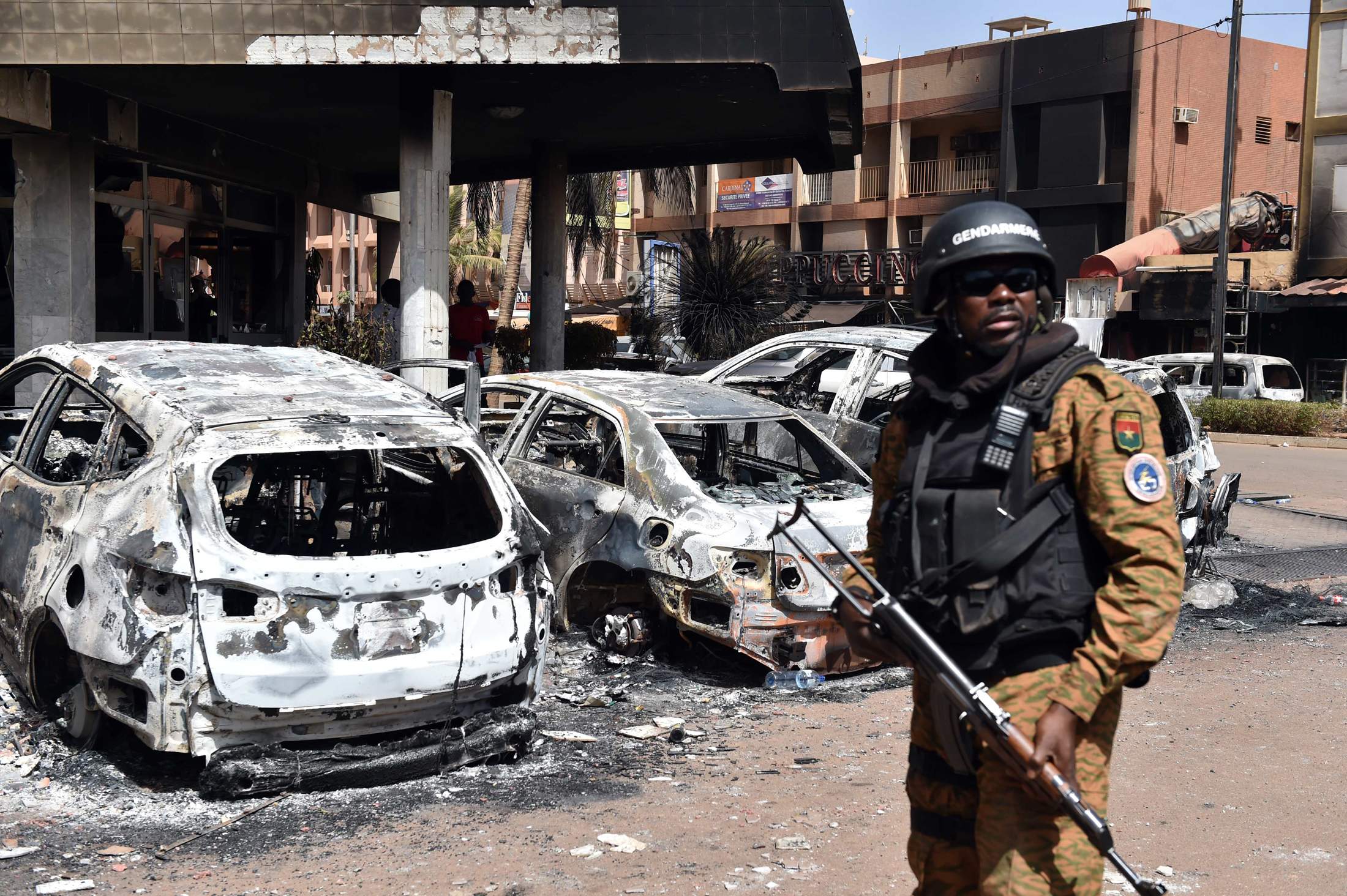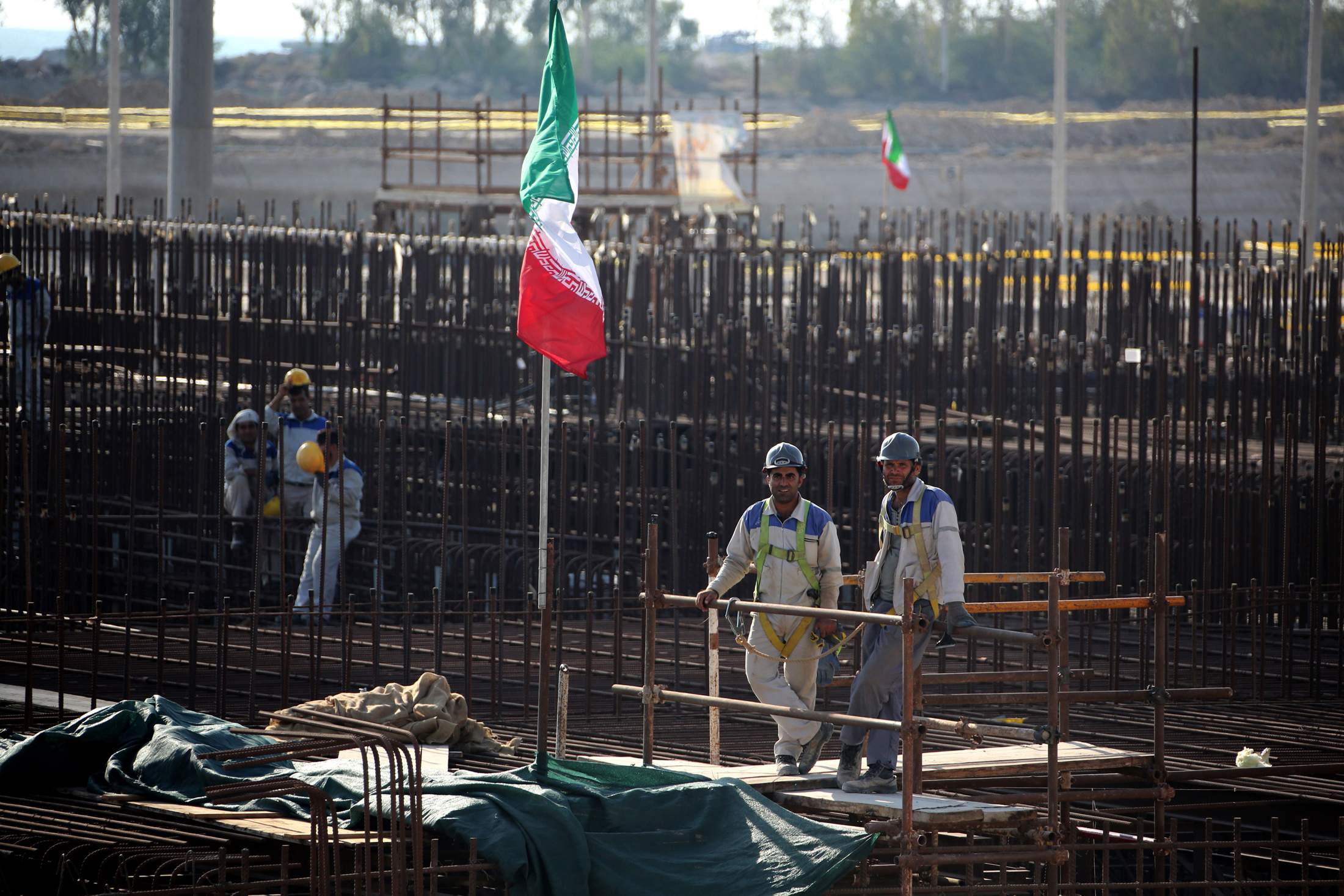Affairs: How to win a war / Global
Call to arms
The conventional war in Ukraine has been good business for defence firms. But other potential skirmishes could play out in more hybrid warfare in the year ahead.
Two trends within the world of warfare will continue into 2023 and throw light on how to win or lose wars. They are the impact of the conflict in Ukraine and increasing global instability. As a result of Vladimir Putin’s disastrous war failing in almost every respect, 2023 will be a brilliant year for the world’s military-industrial complexes.
Arms industries and the military in China and India will also benefit as they learn from Nato’s role in the war, especially the new multiple rocket launch systems, anti-aircraft and anti-missile defences, and the integrating of multiple sources of intelligence into a coherent whole. Within Nato, especially, it will be big-bonus time for the ceos and higher military ranks as well as good livings for the workforces in general. “Now thrive the armourers” will be the message, with most major Nato states increasing their military budgets, even though their existing systems have already proved superior to Russia’s.
The bonanza for the arms industry will be paralleled by a collective sigh of relief within Nato as the alliance moves on from the manifest failures of the past two decades. Afghanistan, Iraq and Libya can finally be consigned to the dustbin of history as Nato enjoys its progress against a traditional enemy.
Conventional wars will be affected by 2022’s experience. Ukraine and potential hot spots such as the Persian Gulf will see new weaponry. That doesn’t mean that wars will be more easily won, as hybrid conflict becomes the order of the day. Those states equipped with the most modern weapons will find their critical infrastructure more open to damage, with perpetrators difficult to identify, as happened with October’s attack on the Crimean Bridge. The supply of “game-changing” weapons to Ukraine has been carefully calibrated by Washington to avoid nuclear escalation by Putin. If 2023 sees wars involving nuclear states, or would-be nuclear states, this extra complication makes it less likely that wars will be easily won.

Burnt cars in Burkina Faso

Bushehr nuclear power plant in Iran
The second trend, increasing global instability, combines three drivers – all conspiring to make wars more likely. The first is the increasing marginalisation of the majority of the world’s population in an era of runaway wealth. Spectacular levels of wealth are accumulating in the hands of a few hundred thousand people worldwide, including many oligarchical and autocratic leaders of poorer states. The second driver for those billions on the margins is that far more people are aware of their own marginalisation and deeply resentful of it. This is leading to violent anti-elite movements, such as those seen in many parts of Africa. The third driver is climate change and breakdown, leading to food shortages and massive increases in migration. The inevitable elite response will be strenuous efforts to suppress violence and contain the dissent, which is where Afghanistan and the recent Taliban victory is a useful guide to future wars. It took 20 years but the Taliban succeeded against the world’s best trained and equipped armed forces.

Bushehr nuclear power plant in Iran
At root, we have a recipe for a dangerously unstable socio-economic system that risks breaking out into connected and perhaps even co-ordinated revolts across regions. Where and how this happens cannot be predicted with certainty but 2023 may be the year that it really gets going, with the Afghan experience telling us not to assume that victory is inevitable.
So what are the best ways to win a war? Perhaps better not to start one in the first place. The pacifist saying – “if war is the answer, it’s a very stupid question” – may well have increasing pertinence.
About the writer: Rogers is emeritus professor of Peace Studies at the University of Bradford and the author of Losing Control: Global Security in the Twenty-First Century.
Areas of concern:
The Sahel and the Swahili Coast
Across the Sahel from Mauritania in the west to Chad in the east, and from Somalia down the East African coast to Mozambique, Islamist paramilitary movements continue to expand, despite the efforts of the US, UK, France, the UN and individual governments to contain them. Some countries are worse affected than others, notably Burkina Faso, Mali, Nigeria and Somalia, while others such as Uganda and Tanzania are less so, at least for now.
The movements may be local or loosely aligned to al-Qaeda or Islamic State, and may have specific circumstances such as ethnic factors and endemic corruption, but all combine an extreme version of Islam with the ability to recruit from large numbers of young men with very limited career options. Other factors may add to this, such as Mozambique’s oil and gas reserves, and embedded corruption, especially in Mali, Burkina Faso and northern Nigeria. Overall, violence has been building for more than a decade and the region is now replacing the Middle East as the focus for new paramilitary conflict. Expect this to accelerate in 2023.
Iran
In East Asia, North Korea takes a leaf out of the Kremlin’s book and stages missile tests to simulate a nuclear strike on South Korea: an indication of how new nuclear powers may see the value in such threats for their own security. That might lead to a crisis, with Japan, the US and even China looking on nervously, but it is the Persian Gulf that should be getting more attention.
With the Joint Comprehensive Plan of Action nuclear agreement ditched by Donald Trump in 2018, the Iranians have felt free to take their nuclear developments a long way without departing too far from the agreement. Joe Biden is using his influence to get the treaty back on track but Iran is not keen to play ball, preferring to get closer to being able to assemble nuclear weapons in an emergency. That is unacceptable, not just to the US and Israel but also to Saudi Arabia. So far, Washington is sticking with diplomacy but its deteriorating relations with the Saudis means that Riyadh may look to their newfound friend, Israel, to make the move. If a serious crisis does arise, look out for the unexpected in 2023.
Ukraine and Russia
Whatever ensues in Ukraine, Putin’s decision to invade will have consequences for Europe and the world that will continue long into the future. At the very least there will be major tensions between a renewed and well-armed Nato in Europe and a Russia that is bitter at the failure of its war aims. In the absence of skilled diplomacy and a willingness to compromise, expect numerous moves into the hybrid warfare arena, with sabotage of undersea systems in the Baltic an early example. It will frequently be impossible to pin blame, leading to unplanned crises. Remember the acronym Aim: accidents, incidents and mavericks. These are the three factors that can inadvertently turn a crisis into a war.


